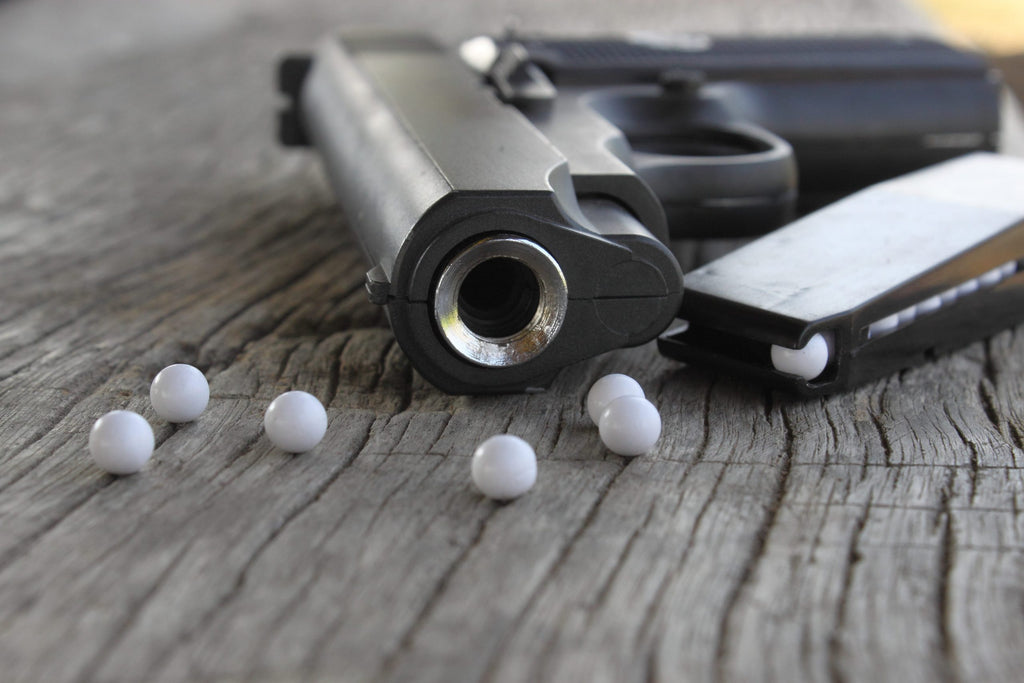The Science Behind Gel Blasters

While seemingly simple toys, gel blasters involve a complex interplay of physics and engineering principles. Understanding the science behind these devices can enhance your appreciation for their design and operation.
The Power Source and Popular Mechanisms of Gel Blasters
Gel blasters are primarily powered by two main mechanisms: electric motors and spring-loaded systems. Each mechanism has its own unique characteristics and advantages.

Electric Gel Blasters
A rechargeable battery powers electric gel blaster guns by supplying energy to a motor. This motor then drives a gearbox that propels the gel balls.
- Continuous Fire: Electric blasters can fire continuously as long as the battery has sufficient charge.
- Adjustable Rate of Fire: Many electric gel blaster gun (GBG) let you change the rate of fire. This gives you more control during gameplay.
- Higher Firing Rate: Electric GBGs generally have a higher firing rate compared to spring-powered GBG.
- Quieter Operation: Electric motors tend to be quieter than spring-loaded mechanisms, making them less disruptive in certain environments.

Gel Blaster Mechanisms:
- Rotary Gearbox: This is a common type of gearbox used in electric GBG. It offers a good balance of speed and torque.
- Piston gearboxes provide durability and power output. People often use them in high-performance gel blasters.
- Electronic Trigger Unit (ETU): Some electric gel blasters have ETUs. They give better control over the firing rate and trigger response.
The manufacturer creates gel balls from a water-soluble polymer that expands when exposed to water. The composition and size of the gel balls can affect their performance in a gel blaster. For example, larger gel balls may have a greater range but may also experience more air resistance.
Aerodynamic principles, such as drag and lift, influence the flight of a gel ball. The shape of the gel ball, its velocity, and the surrounding air conditions can affect its trajectory. Understanding ballistics can help players improve their accuracy and shooting technique.
Safety features in gel blasters prevent injuries. These features may include a trigger lock, a safety selector, and a limited range. The design of the gel balls themselves also plays a role in safety, as they are biodegradable and non-toxic.
Conclusion
In conclusion, gel blasters are complex devices that involve a fascinating interplay of physics and engineering principles. By learning about the science behind these devices, you can better appreciate their design and how they work. You will also understand the factors that affect their performance.





